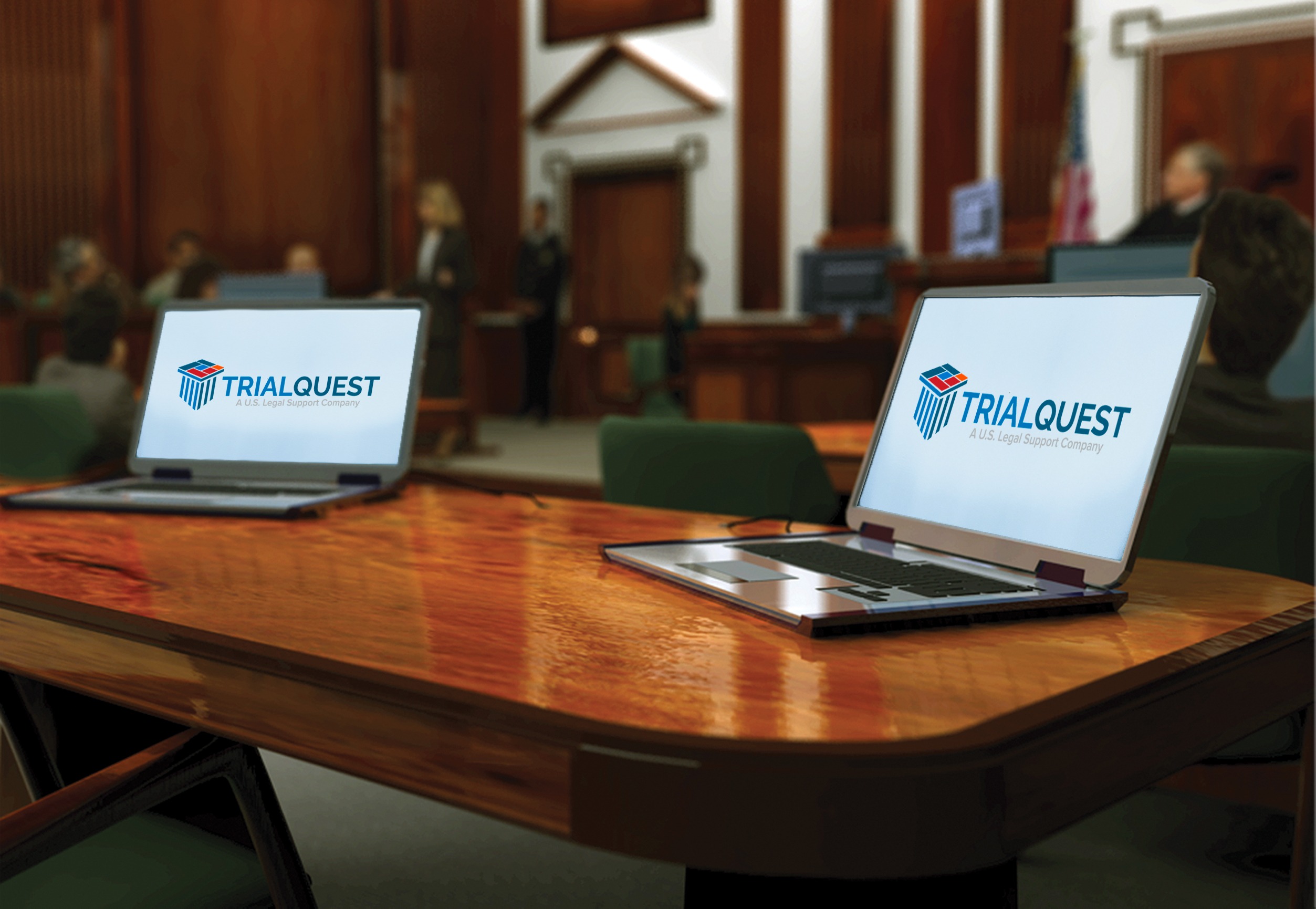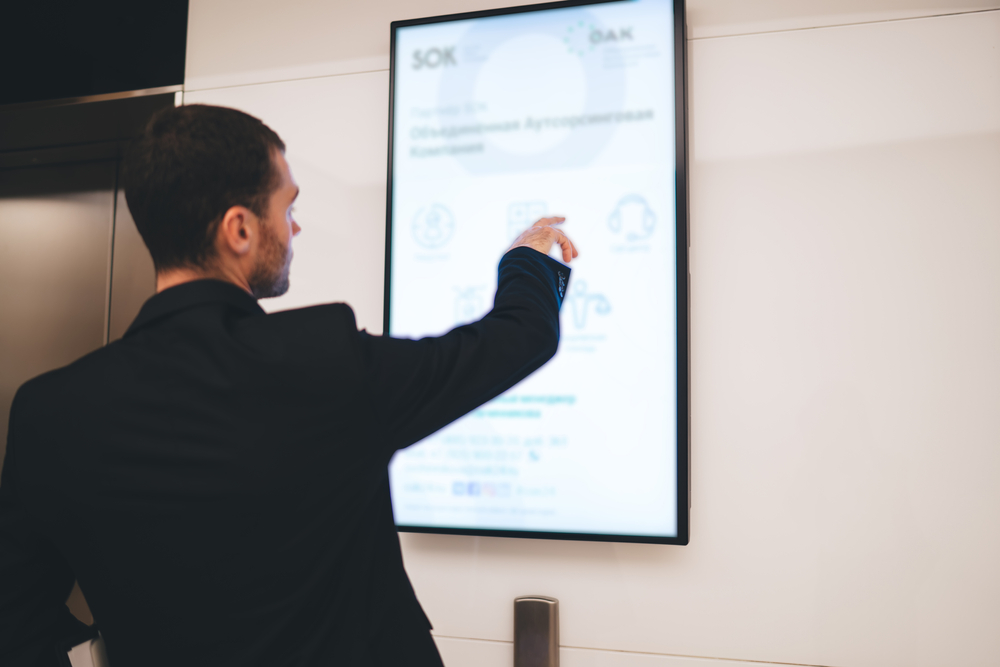The Value of Effective Trial Presentations in Modern Legal Practice
The Power of Visuals in Trial Presentations for a Winning Disagreement
The combination of visuals in trial discussions has actually emerged as an important aspect in efficiently interacting intricate debates to jurors. By using various forms of aesthetic help-- be it diagrams, photographs, or animations-- attorneys can improve understanding and retention, eventually forming the court's perception of the case. This method not just makes clear detailed narratives however also develops a psychological resonance that can affect decision-making. As we check out the subtleties of this technique, it comes to be necessary to think about just how certain kinds of visuals can make a substantial distinction in test end results. What functional methods might lawyers utilize to optimize this possibility?
Relevance of Visuals in Tests
In lots of legal settings, visuals play an essential role in boosting the performance of test presentations. The integration of aesthetic components can substantially affect jurors' understanding and retention of complex details, consequently shaping their perceptions and choices. Visuals, such as charts, diagrams, and pictures, can simplify detailed narratives, making them more easily accessible and compelling.
Additionally, the human brain procedures visual information extra effectively than message, which highlights the significance of including visuals into lawful disagreements. By translating thick legal concepts right into visual styles, attorneys can assist in clearer interaction, ensuring that bottom lines are not forgotten during tests.
In addition, visuals offer to engage jurors on a psychological degree, promoting a link to the case that words alone might fail to accomplish. The critical use visuals can stimulate compassion, triggering jurors to take into consideration the human elements of the situation.
Ultimately, the value of visuals in tests lies in their capability to boost clarity, enhance juror involvement, and reinforce the narrative being provided. This potent mix is important for crafting convincing debates that resonate with jurors and influence the result of lawful process.
Kinds Of Visuals to Use
Efficient test discussions can significantly take advantage of a selection of visual tools that deal with different elements of the instance. trial presentations. Making use of diagrams and charts can efficiently break down complicated info, making it much more digestible for jurors. Flowcharts can illustrate the sequence of events, while bar charts may succinctly contrast appropriate data factors.

Animations and simulations can also play an important duty, specifically in cases including technological information or intricate scenarios. These visuals can dynamically represent procedures or activities, giving clarity and interaction that static photos may not achieve.
Furthermore, browse around this web-site infographics combine text and visuals to summarize essential information effectively. They can present timelines, data, and substantial instance factors in an aesthetically enticing way, making it much easier for jurors to comply with the disagreement.
Enhancing Comprehension and Retention

Enhancing understanding and retention throughout trial discussions is critical for making sure that jurors understand the important aspects of a situation. Visual help work as powerful devices hereof, converting complicated information right into quickly digestible layouts. By using graphes, layouts, and infographics, attorneys can streamline elaborate information and highlight key factors that may or else be neglected.
Researches have revealed check here that individuals preserve info considerably much better when it exists aesthetically. This is especially pertinent in a test setting, where jurors may be bewildered by the volume of proof and testimony. By tactically including visuals, attorneys can route jurors' focus to one of the most essential aspects of the instance, enhancing their understanding and memory of the material provided.

Producing Engaging Discussions
Fascinating jurors' attention throughout trial discussions is crucial for communicating an engaging narrative. Involving discussions utilize aesthetic aspects to produce an unforgettable experience that resonates with jurors. The strategic use of graphics, computer animations, and video clips can clarify intricate information, making it much more accessible and relatable.

In addition, integrating storytelling methods can enhance interaction. Offering resource evidence in a sensible series that constructs emotional allure allows jurors to get in touch with the material on an individual degree. Numerous presentation formats, such as incorporating short video clip clips or interactive elements, can also suffer rate of interest and interest throughout the trial.
Inevitably, an appealing discussion cultivates a more extensive understanding of the instance, enabling jurors to better value the debates existing and bring about a more favorable end result.
Case Studies and Success Stories
Numerous study highlight the substantial impact of visuals in trial presentations, demonstrating their capability to affect juror assumptions and inevitably the outcomes of cases. A significant case entailing a personal injury claim highlighted exactly how the use of a 3D computer animation of the accident scene cleared up intricate information. Jurors reported feeling even more informed and compassionate, significantly guiding their decision in support of the plaintiff.
In an additional circumstances, a company litigation instance made use of infographics to existing economic information and timelines, making detailed details accessible. The graph allowed jurors to realize the subtleties of the situation better than spoken descriptions alone. trial presentations. Therefore, the court returned a judgment that surpassed the client's assumptions
The engaging visuals not only aided in developing question however also reverberated emotionally with jurors, leading to an acquittal. These success tales emphasize the requirement of incorporating visuals right into trial discussions, as they improve understanding, retention, and inevitably, the influential power of lawful disagreements.
Conclusion
In final thought, the critical incorporation of visuals in trial presentations substantially boosts jurors' understanding and retention of intricate information. Engaging presentations, supported by compelling case research studies, demonstrate the profound effect that visuals can have on convincing interaction.